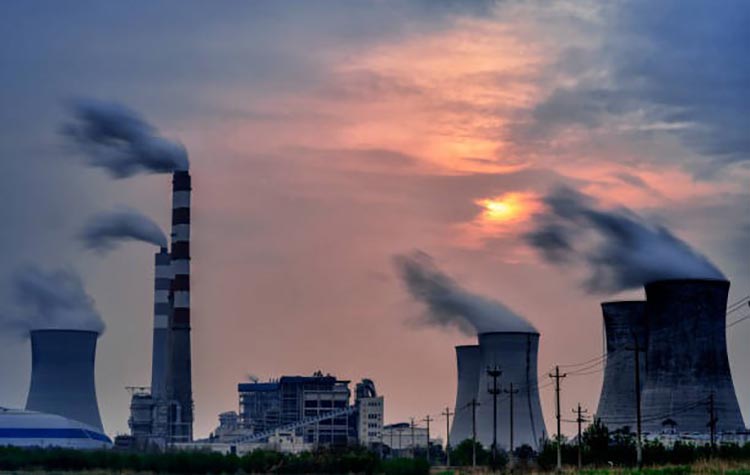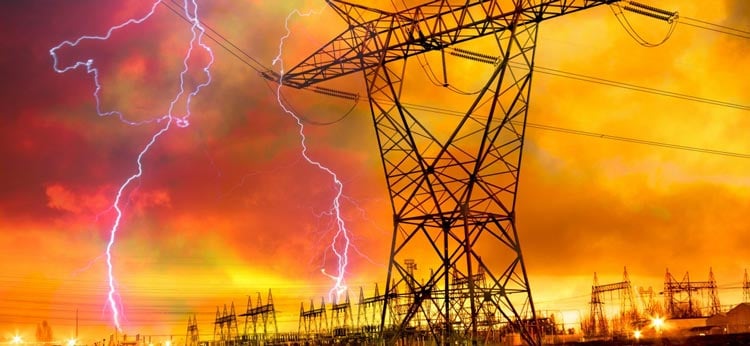
During the first quarter of this year, warnings have been issued in terms of heatwaves that posed a serious threat to the country’s electricity generation. According to a report by S&P Global, India’s electricity demand increased by 8.7 percent in 2022, and on the other hand, coal generation increased by 8.7 percent causing massive emissions. Now, speaking of the higher demand, the Central Power Ministry started finding out solutions to provide ample power during the summer months. Under the emergency provision in the Electricity Act, the government can ask the electricity-generation companies to operate and maintain output as the orders given. The government has also urged the imported coal-based thermal power plants to operate at full capacity for three months. As per an exclusive report of the New Indian Express, the average maximum demand met in the first 13 days of June 2023 was more than 213 GW compared to 197 GW in June 2022, while the average daily shortage up to June 13 was 4.7 GW. Last year in June, the average daily shortage was 1.5 GW. In this regard, we spoke exclusively with Dr. Sreedhar Ramamurthi, earth scientist and geologist, who is also the founder at Environics Trust. He highlighted the current challenges and the causes, the solutions that we must look for, and the loopholes between the government and power generation firms.
Q. Currently, where do you paint the picture of India’s power sector development in India? If you can kindly elucidate in comparison to Europe, US, and other tech advanced countries in Asia.
India has made a very rapid progress in conventional power generation in the last two decades. There was a big thrust given to develop hydro-power projects in the Himalayas through the 50 GW scheme initiated in 2003. A massive increase in coal-based power through private sector commercial projects increased the number of the plants and to the extent that excess capacity of nearly 34 GW had to go to the NCLT because of non-viability. As of August 2023, we have an installed capacity of 424287.70 MW but the actual requirement was only 1,51,794 MU. When you see these statistics, you learn how poor our Plant Load Factors are today. Hence, we can say that India has an overcapacity of installed power but completely lacks good management. This also hinders the shift to renewables as they are entrenched players and some with large capacities to adversely affect the system. Therefore, the NDC has kept it flexible on renewables without any promised capacity but with an ambition of having 50 percent of the power through renewables.
The Northern countries showed great enthusiasm in the shift to renewables. Their focus has however been largely on CO2 emissions and trying to offset their pollution with concepts like net-zero. The recent shift in attitude, post the beginning of the Ukraine war, indicates that many of these nations are going to go back to conventional energy systems or atleast slow down their pace of energy transition.
Q. The major source of electricity generation in India and around the world is still coal. According to the government and media reports, coal is the cheapest source of electricity and there are millions of tonnes of coal still available. Where do you see the actual challenge and what could be the solution?
This has been an age-old argument by the State and Industry. There is enough evidence now that if you take into account what they leave out in their arguments as “negative externalities” the costs would be very high and actually not affordable. There are environmental, social and health costs which are now very well documented. I think the state and the companies must come clean on this, because the benefits are accrued by the state and the company in bulk and people pay the costs in retail with every payment to the doctor, and even to buy water in the mining areas.

Q. As per a media report, In November 2022, the coal ministry in a statement said it would augment coal supplies at TPPs to 45 million tonnes by March-end. However, data showed that maximum coal stock at TPPs hasn’t crossed 31-32 million tonnes so far. It is also claimed that India is the third largest producer of electricity. Do you agree with this statement and what is your opinion?
There is a mismatch between what the Coal Ministry claims and what the Power Ministry states. The coal stock and coal inventory management I have always held is a big scam. It needs deeper investigation as there are many intermediaries, exporters and importers and the washeries and there is huge pilferage. Not only that, but there is also a huge need for rationalization of coal distribution. We have coal coming from Madhya Pradesh to plants in Jharkhand and vice-versa.
Q. Now, speaking of renewable energy, it is widely accepted that hydroelectricity requires gallons of pure water and for solar, people are still not aware of its benefits and is believed to be expensive. Therefore, how do you think to increase or boost the growth of renewable energy in India?
Hydropower should not be considered as renewable as there are limitations to the life of the project and the impacts during the construction. The fragility of the Himalayas where the potential is the highest should be considered as the recent events in Himachal Pradesh demonstrate where dams have been a source of additional impact. Countries like ours need distributed and end-use oriented systems. A large part of our rural needs can easily be met with solar and biogas, if only there is a strong political will. The existing power can then be directed to industrial manufacture and slowly transformed to greener energy systems.

Q. While speaking to a couple of officials in Thermal Power Plants it seems that environment activists and NGOs are also responding to the inadequate power supply. This is because they act as a fence to coal mining despite the fact that coal mining can be still done for another 100 years. Would you like to counter the statement and elucidate the facts?
First of all we should clear up the myth of power shortage. As I mentioned earlier, we have overcapacity and mismanagement and no shortage! The reaction to coal mining or any other mining project by NGOs and activists is more from Human Rights violations, injustices and irregularities in land acquisition and in transparency. Only in recent years, it has been linked to climate issues.
Q. As an earth scientist and geologist, what will be your message to the government in terms of policies and amendments of some acts. Any particular message.
Of late the Governments all over the world seem to be only hearing those who bring in investment even if sane suggestions exist within the system and the people of the country. The first suggestion would be to explore and execute a completely new approach with people owned distributed energy systems. The second in the way of an advice will be not open up new mines and projects without achieving optimal utilization of the existing ones. For instance, we can fulfil our entire requirement of coal mining from about 60 projects whereas we have 600 and almost 300 of them bleeding us with nearly Rs 12,000 cr of loss. The CIL continues to hide this fact as no information on individual mine operations is in public domain. The third is a caution – if we want to take our energy systems similar to that of the northern countries or China, not only will we be doomed but will take a larger part of the globe along with us!

